I have a video processing application that moves a lot of data.
To speed things up, I have made a lookup table, as many calculations in essence only need to be calculated one time and can be reused.
However I'm at the point where all the lookups now takes 30% of the processing time. I'm wondering if it might be slow RAM.. However, I would still like to try to optimize it some more.
Currently I have the following:
public readonly int[] largeArray = new int[3000*2000];
public readonly int[] lookUp = new int[width*height];
I then perform a lookup with a pointer p (which is equivalent to width * y + x) to fetch the result.
int[] newResults = new int[width*height];
int p = 0;
for (int y = 0; y < height; y++) {
for (int x = 0; x < width; x++, p++) {
newResults[p] = largeArray[lookUp[p]];
}
}
Note that I cannot do an entire array copy to optimize. Also, the application is heavily multithreaded.
Some progress was in shortening the function stack, so no getters but a straight retrieval from a readonly array.
I've tried converting to ushort as well, but it seemed to be slower (as I understand it's due to word size).
Would an IntPtr be faster? How would I go about that?
Attached below is a screenshot of time distribution:
